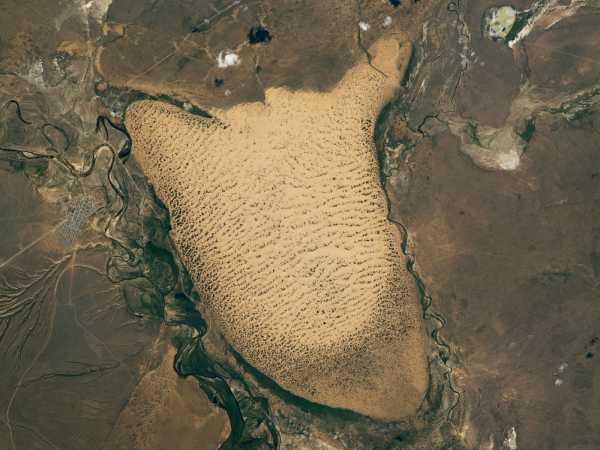
The vast dune area near the Kazakh village of Oyil in the steppe zone is remarkably similar to a giant mollusk. KEY DETAILS
Location: Oyil Dunes, Kazakhstan [49.0485097, 54.776320616]
Subject: A giant sand massif resembling a slug.
Photo by: Unknown ISS crew member.
Filming date: June 15, 2022.
The photo shows an unusual dune complex in Kazakhstan, visually resembling a giant slug, as if moving across the terrain. Plant clusters on the surface create the impression of a gradual stabilization of the shifting sands.
This natural site is located 280 km northeast of the Caspian Sea, in the western part of the Kazakh steppe, a vast flat area that extends into Russian territory. The dunes are located between the settlement of Oyil (left part of the image) and a large river floodplain (right part of the photo).
According to NASA, the area of the massif reaches 190 km² – three times larger than Manhattan. The maximum width of the zone is about 21 km.
YOU MAY ALSO BE INTERESTED IN
-
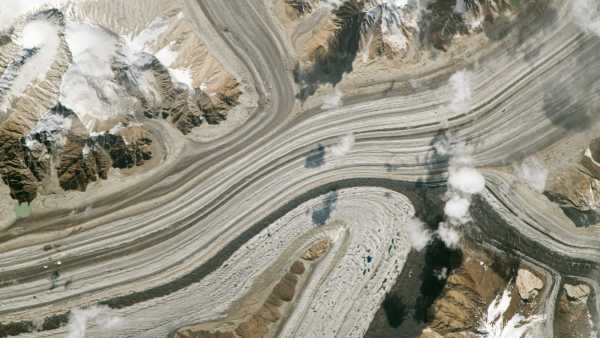
Three striped glaciers that join in the “high mountain battle” zone are a mysterious natural phenomenon that requires further research.
-
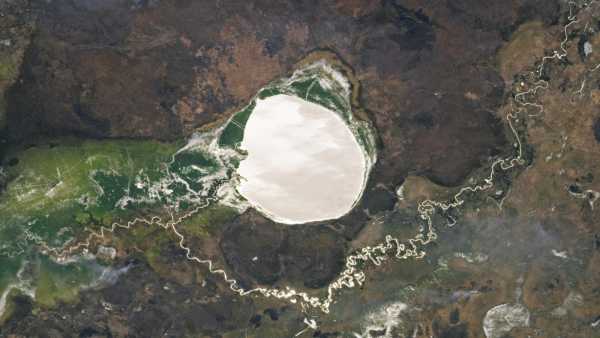
Crater Lake in Africa Transformed into a Huge Mirror Thanks to a Unique Natural Phenomenon
-
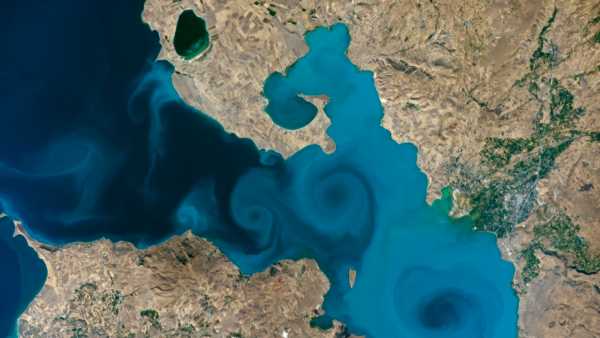
Unique milky-blue patterns decorate the water surface of the world's largest “carbonated lake”
Dune zones are formed in natural depressions with stable winds that carry sand masses. This mollusk-shaped depression is located 90 m below the surrounding relief.
The main source of sand is nearby floodplains, including an area to the south that is not visible in the image. According to National Geographic, dehydration of the floodplains creates sand deposits that are distributed by the wind.
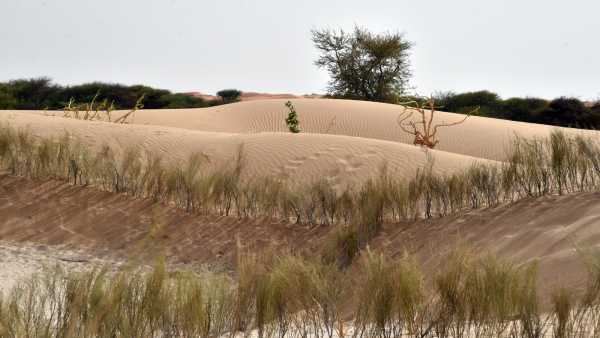
Vegetation stripes on the dune crests, as in the example from Niger (see photo), help to fix them.
The transverse lines on the dune surface are the result of the prevailing winds moving the sand in a northerly direction. Over time, their position gradually changes.
The dark areas on the surface are areas with established plants. When dense enough, the vegetation prevents the ridges from moving, similar to the dunes recorded in coastal regions of the world.
OTHER SPACE LANDSCAPES
— The grandiose “star dunes” in Morocco resemble moving pyramids.
— Ancient lava fields create strange shadows in the Sahara.
— Surreal patterns dominate the landscape of the “hottest spot on the planet”
According to the observatory's data, vegetation is concentrated mainly at the southern and western edges of the dune field, possibly due to the waters of the Uil River, which flows near Oyil.
Scientists cannot yet predict whether the spread of plants will lead to the stabilization of other dune massifs.
TAGS Space photography of the Earth

Harry BakerSocial Networks
Harry is a senior science journalist at Live Science (UK). He studied marine biology at the University of Exeter. He covers space exploration, climate, and palaeontology. He is a winner of the 2024 Aerospace Media Awards and a finalist for the 2023 NCTJ Awards. He writes the Earth from Space column.
A verified public profile is required to comment.
Please sign in again to set up your name.
Exit Next
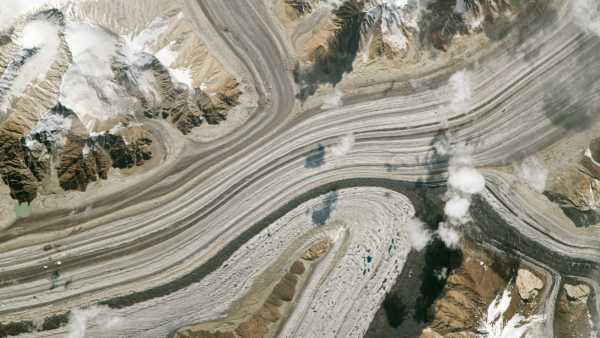
Le
Sourse: www.livescience.com





